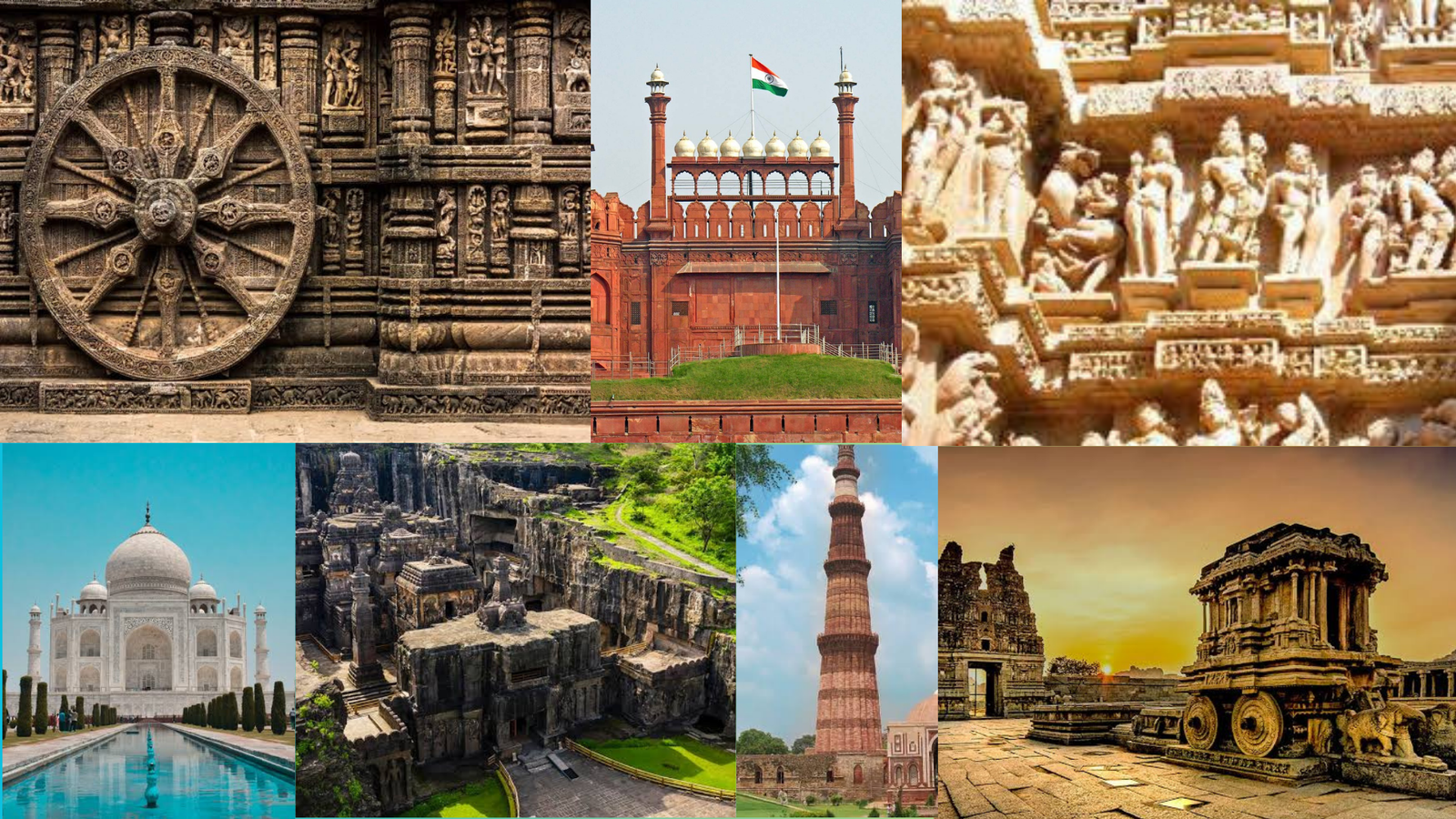A Journey Through World-Famous Heritage Sites in India
India is a land where history whispers through ancient ruins, temples, and palaces. From the grandeur of Mughal architecture to the mystical carvings of ancient dynasties, the country’s heritage sites are timeless treasures.
These places not only tell stories of the past but also showcase India’s cultural richness and architectural brilliance. Recognized worldwide, many of these landmarks are part of UNESCO’s World Heritage Sites list, attracting millions of travelers every year.
UNESCO World Famous Heritage Sites in India for History Lovers
Whether you’re a history buff, a culture lover, or a traveler seeking inspiration, these destinations will leave you spellbound.
1. Konark, Odisha – The Chariot of the Sun God
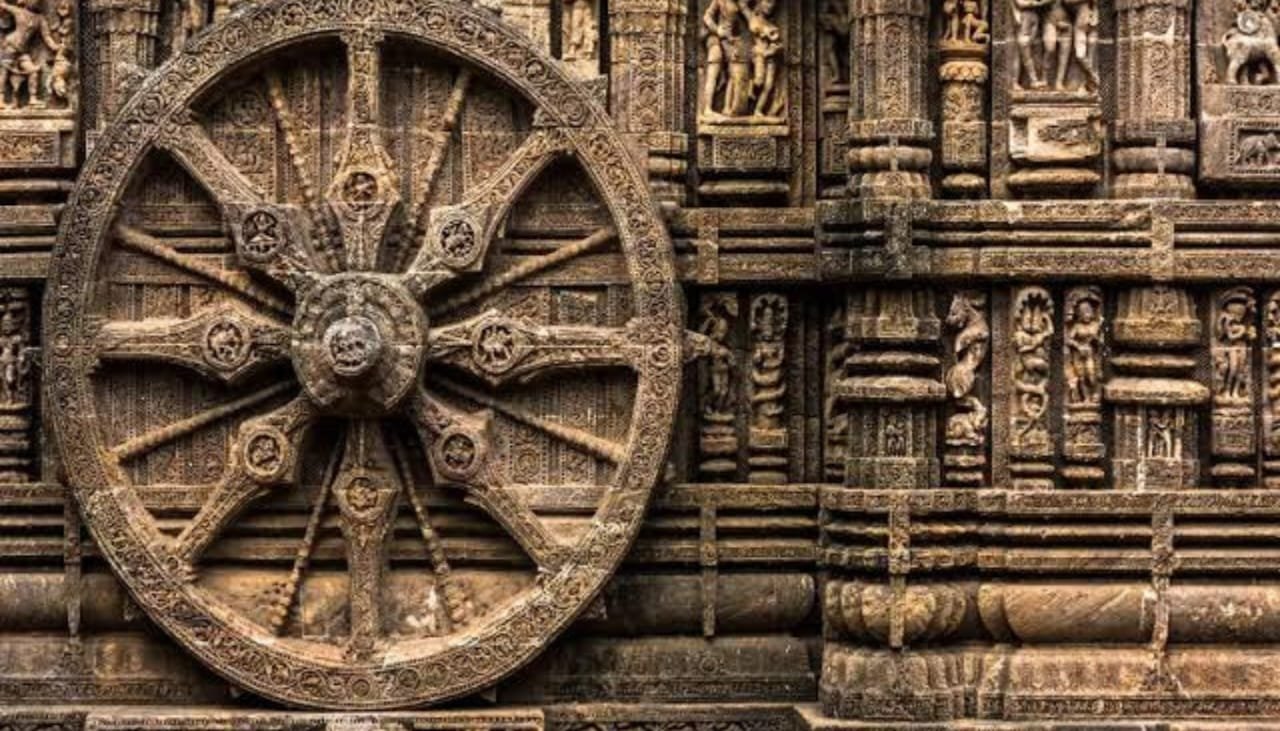
The Konark Sun Temple, built in the 13th century by King Narasimhadeva I, is designed as a colossal stone chariot dedicated to the Sun God. Every detail of this temple radiates architectural brilliance.
Highlights:
Unique Design: The temple is shaped like a giant chariot with 24 intricately carved wheels pulled by seven horses.
UNESCO Status: Declared a World Heritage Site in 1984.
Why Visit: It represents the height of Kalinga architecture and is a fine example of astronomical alignment with the sunrise.
Travel Tip: Pair your trip with a visit to Puri Jagannath Temple and Chilika Lake for a full Odisha experience.
2. Taj Mahal, Agra – The Eternal Symbol of Love
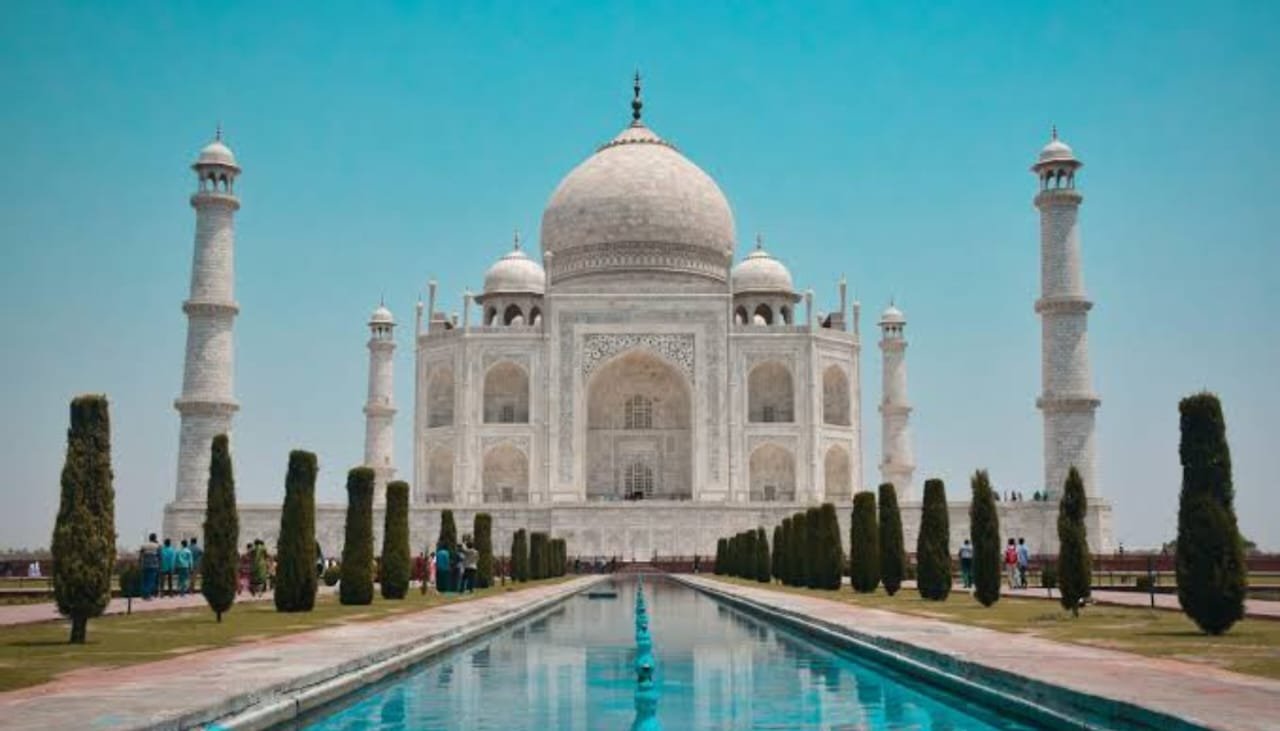
The Taj Mahal, one of the Seven Wonders of the World, is India’s most iconic heritage site. Built by Mughal emperor Shah Jahan in memory of his beloved wife Mumtaz Mahal, this white marble masterpiece stands as a symbol of eternal love.
Highlights:
Architecture: A blend of Persian, Islamic, and Indian styles with intricate carvings, calligraphy, and inlay work using precious stones.
Best Time to Visit: Sunrise or sunset when the monument changes colors with the light.
Why Visit: Beyond its romantic story, the Taj Mahal represents India’s rich Mughal architecture at its finest.
Travel Tip: Visit on weekdays to avoid heavy crowds. Also, the night viewing during a full moon offers a magical experience.
3. Hampi, Karnataka – The Ruins of a Golden Empire
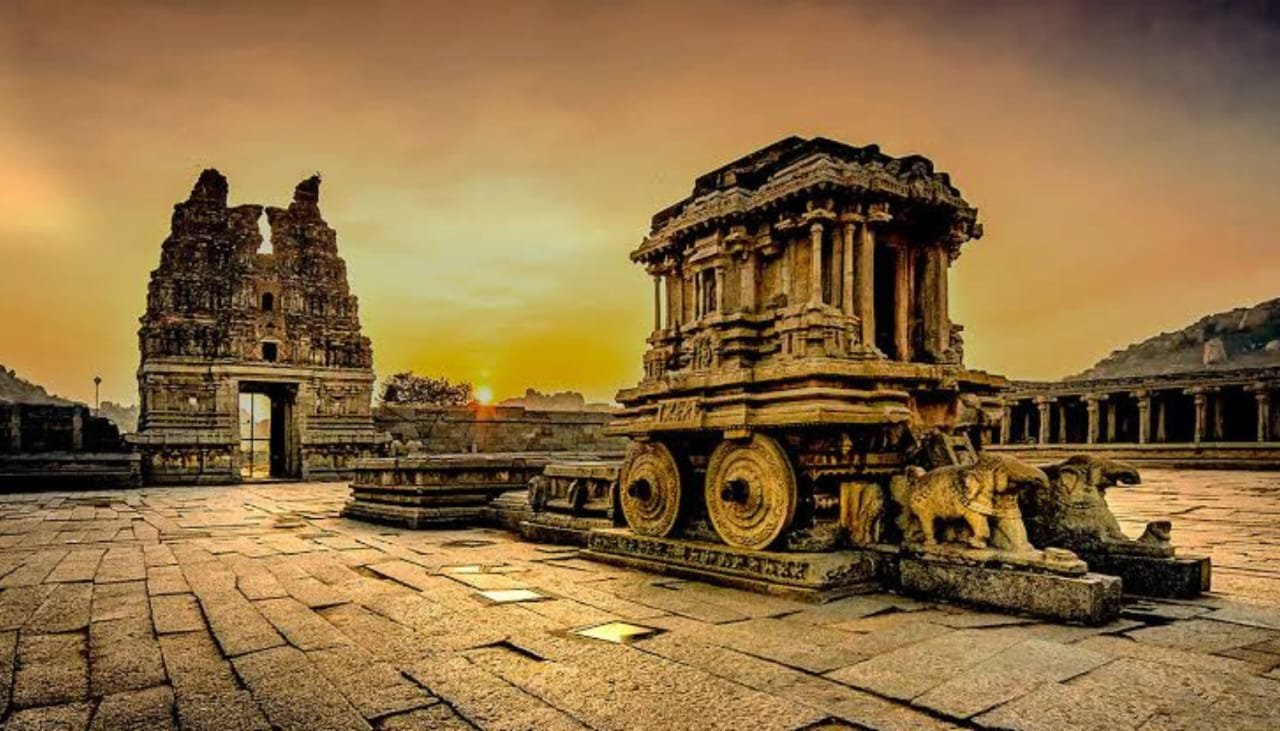
If you want to step into a forgotten kingdom, Hampi is the place to be. Once the capital of the mighty Vijayanagara Empire, Hampi is a vast open-air museum of temples, palaces, and market streets.
Highlights:
Virupaksha Temple: Still an active place of worship, dedicated to Lord Shiva.
Vittala Temple: Famous for its stone chariot and musical pillars.
Why Visit: The site gives a glimpse into South India’s grandeur during the 14th–16th centuries.
Travel Tip: Rent a bicycle or scooter to explore the spread-out ruins comfortably. Early mornings are perfect for photography.
4. Qutub Minar, Delhi – The Tower of Victory
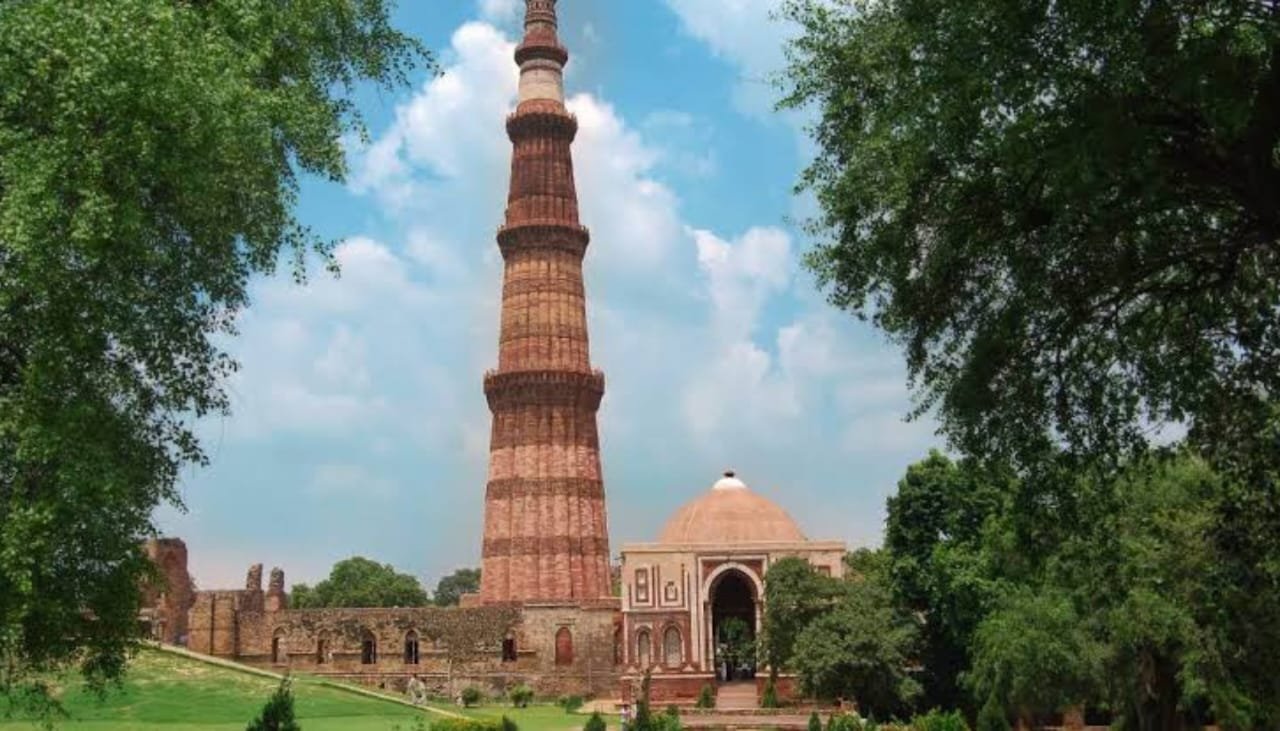
Standing tall at 73 meters, the Qutub Minar in Delhi is the tallest brick minaret in the world. Built in 1193 by Qutb-ud-din Aibak, the founder of the Delhi Sultanate, it marks the victory of Muslim rule in India.
Highlights:
Architecture: Made of red sandstone and marble, adorned with intricate Arabic inscriptions.
UNESCO Recognition: Declared a World Heritage Site in 1993.
Why Visit: Qutub Minar is not just a tower but part of the Qutub Complex, which includes the Iron Pillar of Delhi—a metallurgical marvel that has not rusted for over 1,600 years.
Travel Tip: Combine your trip with a visit to Humayun’s Tomb and India Gate for a complete Delhi heritage tour.
5. Khajuraho Temples, Madhya Pradesh – Where Art Meets Spirituality
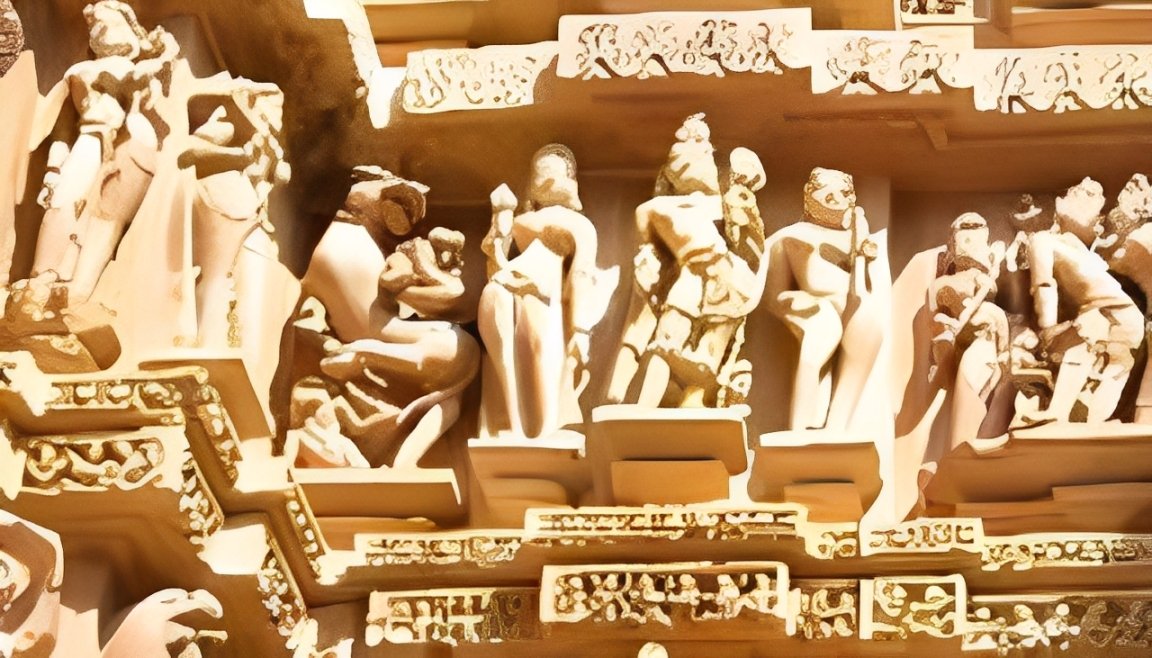
The Khajuraho Group of Monuments is globally renowned for its erotic sculptures and intricate temple carvings. Built between 950 and 1050 by the Chandela dynasty, these temples celebrate life, love, and devotion.
Highlights:
Architecture: A blend of Hindu and Jain temples, showcasing advanced artistry.
Famous Sculptures: Depictions of deities, mythical creatures, dancers, and everyday life.
Why Visit: The temples beautifully balance spirituality with sensuality, making them a rare heritage gem.
Travel Tip: Visit during the Khajuraho Dance Festival (February–March) for cultural performances under the backdrop of illuminated temples
6. Ellora Caves, Maharashtra – Rock-Cut Wonders
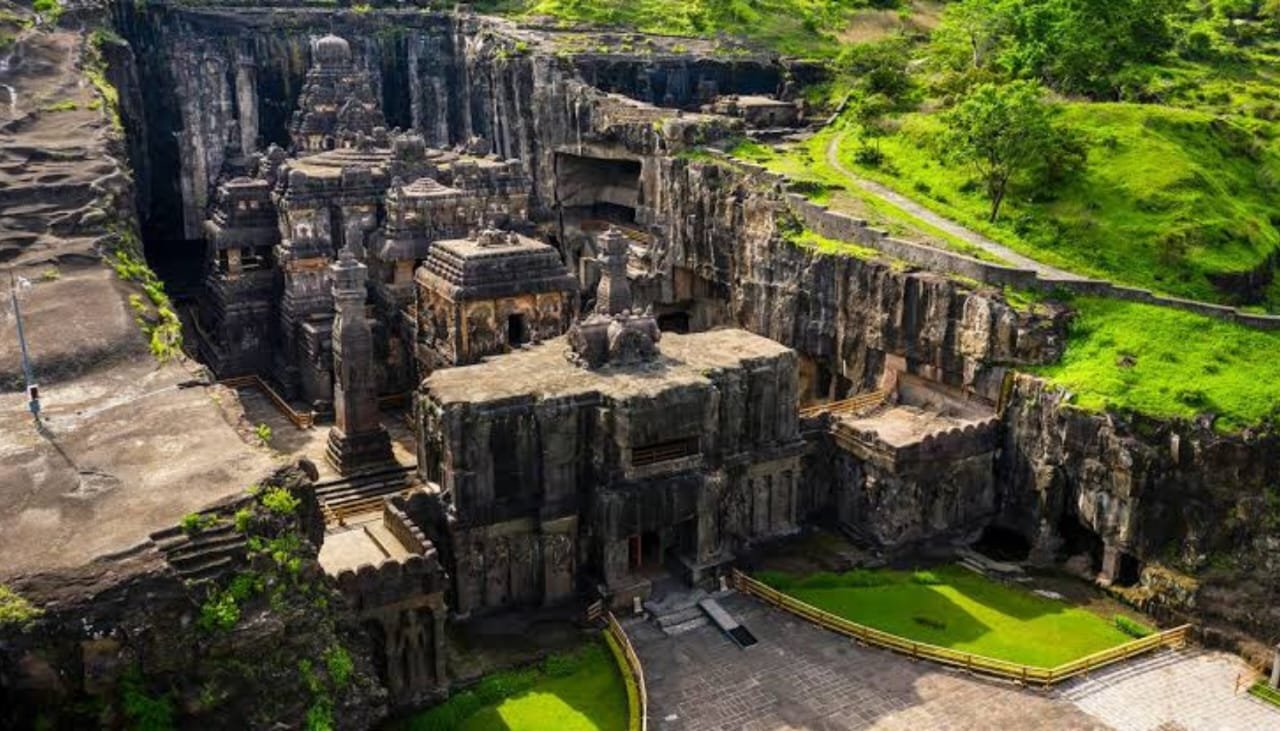
The Ellora Caves near Aurangabad are a magnificent complex of 34 rock-cut temples and monasteries carved into basalt cliffs. Built between the 6th and 10th centuries, they reflect religious harmony, showcasing Hindu, Buddhist, and Jain monuments.
Highlights:
Kailasa Temple (Cave 16): The largest monolithic rock-cut temple in the world, dedicated to Lord Shiva.
Why Visit: It’s a living testament to India’s tolerance and coexistence of multiple faiths.
Exquisite carvings depicting gods, goddesses, and mythological stories.
Travel Tip: Also visit Ajana Caves, known for their Buddhist frescoes, just a few hours away.
7. Red Fort, Delhi – The Pride of Mughal Majesty
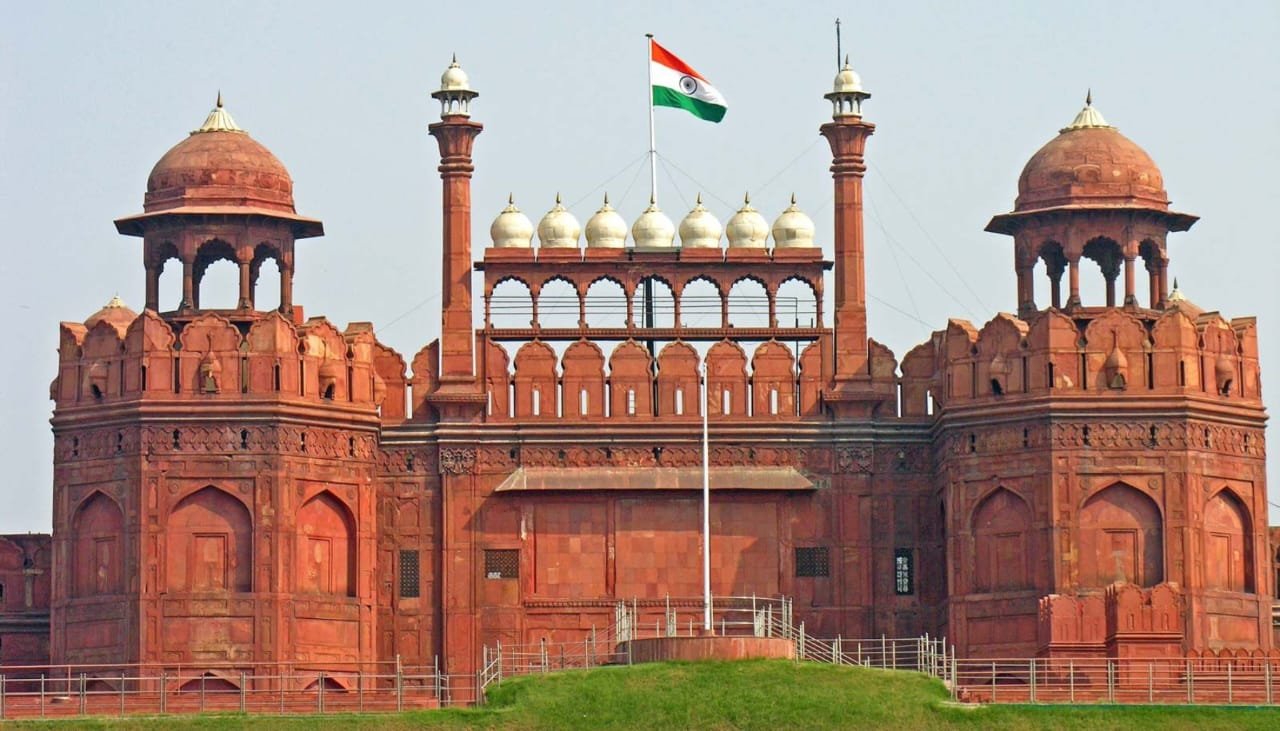
The Red Fort, built by Emperor Shah Jahan in 1638, is one of Delhi’s most significant monuments. Made from massive red sandstone walls, it served as the Mughal seat of power for nearly 200 years.
Highlights:
Architecture: A blend of Persian, Timurid, and Indian styles.
Historical Importance: The site where India’s Prime Minister hoists the national flag every Independence Day.
Why Visit: The Red Fort is not just a fort; it’s a reminder of India’s struggle for freedom and its glorious Mughal past.
Travel Tip: Don’t miss the Sound and Light Show in the evening, narrating the fort’s history in a dramatic way.
Why Visit These Heritage Sites in India?
India’s heritage sites aren’t just stone and mortar—they’re living stories. Each monument tells tales of kings, artisans, battles, love, and devotion. Visiting them helps travelers:
Connect with History: Understand the roots of India’s diverse culture.
Admire Architecture: Witness ancient engineering that still baffles experts.
Experience Spirituality: Many sites are still active places of worship.
Boost Knowledge: Learn about dynasties, empires, and civilizations.
Travel Tips for Exploring Heritage Sites
1. Hire Local Guides: They bring stories to life and reveal hidden details.
2. Respect the Rules: Some sites have dress codes or restrictions on photography.
3. Stay Hydrated: Many monuments require long walks under the sun.
4. Choose the Right Season: Winters (October–March) are the best for sightseeing.
5. Book Tickets Online: Popular sites like the Taj Mahal often have long queues.
Final Thoughts
From the breathtaking Taj Mahal to the mystical ruins of Hampi, these 7 famous heritage sites in India are more than just tourist destinations—they’re time machines that transport you to different eras. Each site reflects India’s incredible diversity in culture, architecture, and traditions.
Visit svhubstuff for more curated travel and tourism updates !!


